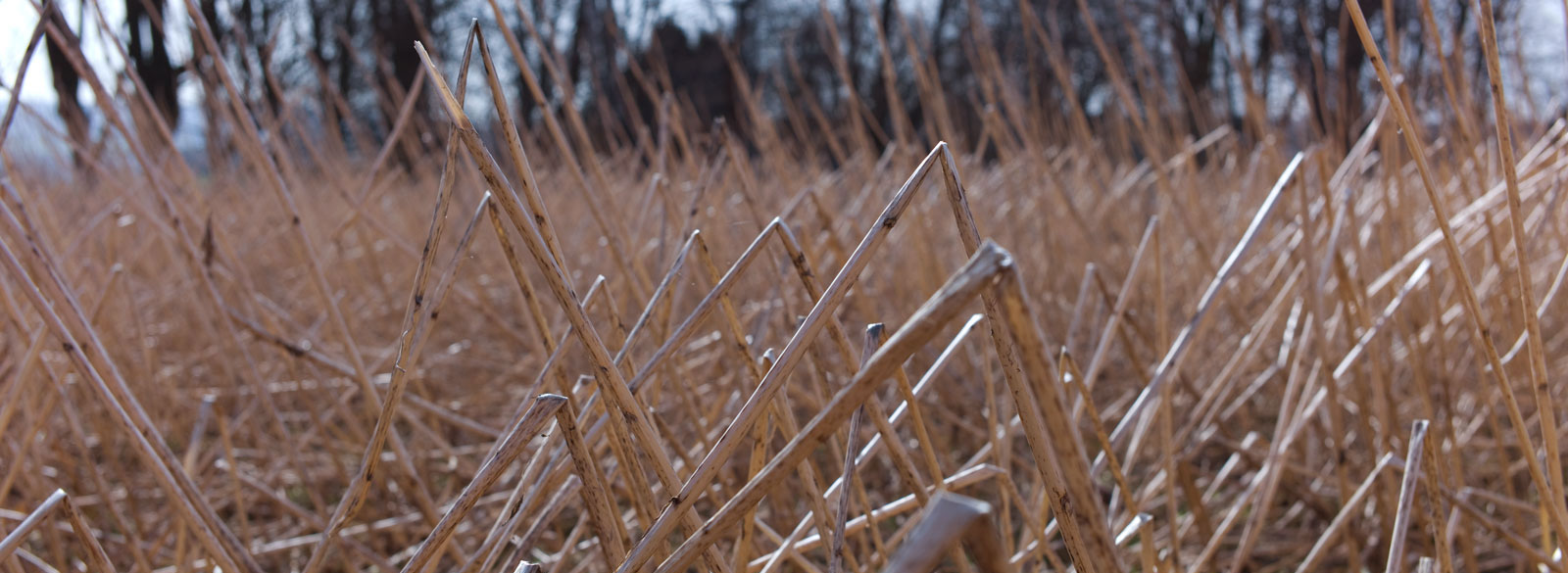we work in our graves
01 - 05/23 /16:24
Lucien—tall and lean with piercing eyes and shattered legs—was in a constant state of agitation while Siddrarth Kara interviewed him.
At age 15 Lucien began work as an artisanal miner in an cobalt mine near Kasulo in the Democratic Republic of Congo (DRC). Fifty men and teenage boys worked the site. 200 feet beneath the surface, the steep mine shaft opened into a large chamber from which three tunnels branched off, each following veins of cobalt rich heterogenite.
At age 15 Lucien began work as an artisanal miner in an cobalt mine near Kasulo in the Democratic Republic of Congo (DRC). Fifty men and teenage boys worked the site. 200 feet beneath the surface, the steep mine shaft opened into a large chamber from which three tunnels branched off, each following veins of cobalt rich heterogenite.
Lucien was a hard worker who earned $5-$6 a day; proud his income helped pay for younger siblings to attend school. Lucien recalled the day his legs were mangled.
“At the end of the day a group of us gathered in the chamber to organize our exit from the tunnel. We had a rope tied to a tree that we used to climb up. I was near the front beneath my friend Kally. We only climbed a few minutes when the entire tunnel fell around us. It was like the ground swallowed me. I could not move. I could hardly breathe. My heart was burning. By God’s mercy people dug us out.”
Close to fifty artisanal miners were in the mine when it collapsed. Lucien and Kally were the only survivors.
Why were they digging for cobalt?
Cobalt possesses a unique electron configuration that allows lithium-ion batteries to remain stable at higher densities throughout repeated charge-discharge cycles. Lithium accounts for only 7% of the materials in a battery. Cobalt can be as high as 60%. Remove cobalt from a battery and you will have to plug in your smartphone or EV much more often. Occasionally a cobalt-free battery bursts into flames.
The central African copper belt in the DRC holds roughly half of the world’s cobalt reserves, which the US government has designated a “strategic mineral.” Artisanal mining techniques yields ten to fifteen times higher grade of cobalt per ton than does industrial mining.
Don’t be fooled by the term artisanal mining—a name birthed by social media to blur a dark reality. Artisanal miners work with rudimentary tools in hazardous conditions. They are paid paltry wages on a piece-rate basis and assume all the risks: injury, illness, death. And the environmental destruction caused by cobalt mining in the name of renewable energy is without contemporary parallel.
Spend a day watching filth-caked children of the Katanga region in the DRC scrounge at the earth for cobalt, and it would be easy to conclude they were working for the benefit of slave masters. In fact, they work for the tech industry. They are being exploited by governments’ quest for renewable energy.
Augustin, a local translator, struggled to translate into English the grief described in Swahili by artisan miners. At times Augustin could not hold back his sobs. “Please tell the people in your country, a child in the Congo dies every day so they can plug in their phones.” ~






